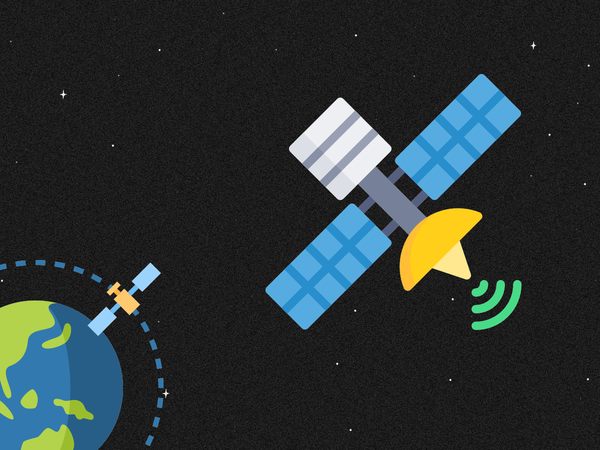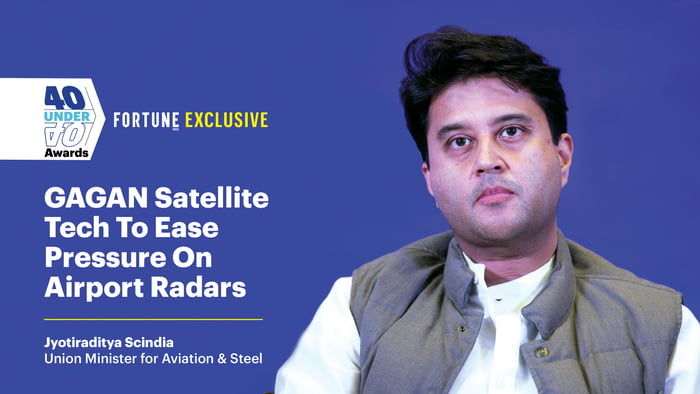- Joined
- Apr 29, 2015
- Messages
- 18,416
- Likes
- 56,946
India-designed chip to track school buses, weapons systems

ETtech
Elena Geo Systems has entered into an agreement with a Taiwan-based chip manufacturer to ensure a steady supply of the NavIC chip (Illustration: Rahul Awasthi)
Synopsis
The 12-nanometre chip can be fitted into a mobile phone or any handheld device and receive signals from the Navigation with Indian Constellation (NavIC) or the Indian Regional Navigation Satellite System (IRNSS), the Global Positioning System of the US and the GLONASS constellation of Russia.
By PTI
Last Updated: Apr 14, 2023, 01:07 PM IST

ETtech
Elena Geo Systems has entered into an agreement with a Taiwan-based chip manufacturer to ensure a steady supply of the NavIC chip (Illustration: Rahul Awasthi)
Synopsis
The 12-nanometre chip can be fitted into a mobile phone or any handheld device and receive signals from the Navigation with Indian Constellation (NavIC) or the Indian Regional Navigation Satellite System (IRNSS), the Global Positioning System of the US and the GLONASS constellation of Russia.
By PTI
Last Updated: Apr 14, 2023, 01:07 PM IST
Elena Geo Systems, a Bengaluru-based space startup incubated in IIT-Kharagpur, has unveiled an indigenously designed NavIC chip that can use India's own navigation satellite system to provide positioning services.
The chip can have applications in civilian and defence sectors.
The 12-nanometre chip can be fitted into a mobile phone or any handheld device and receive signals from the Navigation with Indian Constellation (NavIC) or the Indian Regional Navigation Satellite System (IRNSS), the Global Positioning System of the US and the GLONASS constellation of Russia.
On Thursday, the chip was presented to Chief of Defence Staff Anil Chauhan in the presence of Samir V Kamat, chairman of the Defence Research and Development Organisation (DRDO), and Chief of Air Staff VR Chaudhari.
Elena Geo Systems has entered into an agreement with a Taiwan-based chip manufacturer to ensure a steady supply of the NavIC chip.
"We directly control the factory. Everything has been given to them and we can manufacture any number of chips. We have received the first lot of 10,000 chips. More are to be delivered shortly," VS Velan, founder and chief technology officer of Elena Geo Systems said.
The tiny size, ultra-low power requirement and software-based control make the NavIC chip suitable for use in mobiles, handheld devices and wearables with applications ranging from tracking school buses to weapons systems.
He said the processor will give India a huge edge as both the government and the private sector can move away from their dependence on the American Global Positioning System (GPS).
The multi-frequency and multi-constellation chip/processor, developed specifically for NavIC, is compact and easy to integrate into any global navigation satellite system (GNSS) circuit and provides continuous coverage and high-accuracy reception to the user.
Based on a special algorithm for use across India and neighbouring areas/countries, Elena's chip conforms to the requirements laid down by Indian Space Research Organisation for IRNSS/NavIC signal reception, Velan said.
Besides, the military-grade chip can be used in a wide array of applications for operational logistics in ships, submarines, radars and drones and artillery weapons and weapons platforms.
"The chip has many cores that service the requirements of signal acquisition, regeneration, processing and the output interface and hence it has been named the NavIC processor. This will enable high precision and accuracy for all the three types of application applications such as navigation, positioning and timing, providing India much needed Atma Nirbharata in this domain," Velan said.







